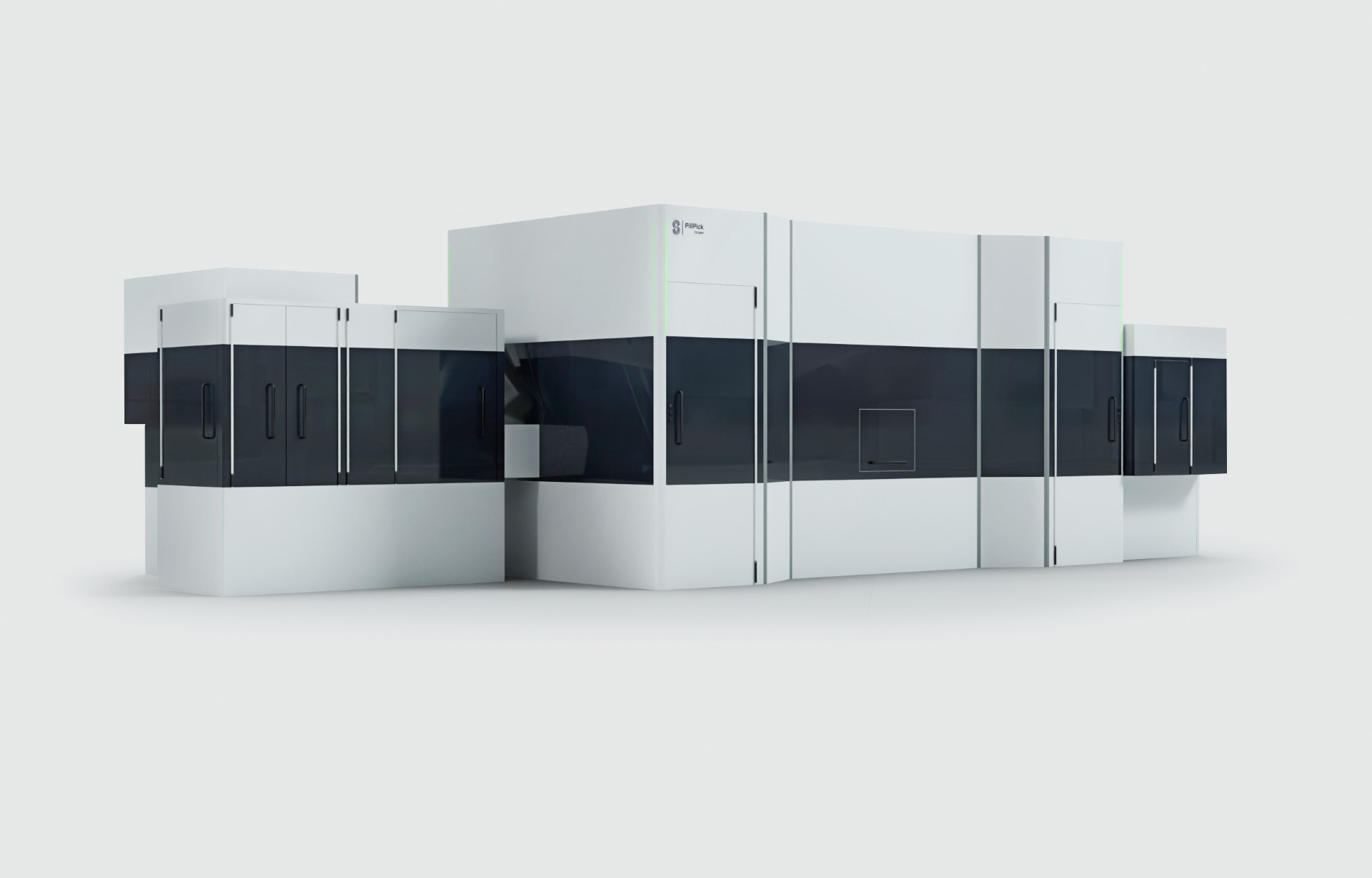What are the 10 rights of medication?
The 10 rights of medication are set of general guidelines in healthcare that aim to ensure that drugs are administered correctly at all times. A series of measures taken in line with these guidelines help to reduce medication errors, even when treating a large number of patients. The 10 rights of medication have become an established practice for quality-focused drug administration. Without the support of automation solutions, the 10 rights of medication are usually applied as follows:
Right patient
The most important thing to ensure is that the medication is administered to the right patient. The nurse can address the patient in their bed by their name or check the name tag.
Right medication
To err is human. But if medications are mixed up, it can have fatal consequences. One way of safeguarding that the right medication is administered is to have a second person check.
Right dose
The drugs must be administered in the right dose. This is specified in the prescription from the doctor.
Right route of administration
The speed with which a medication is absorbed into the body influences the method and location of application:
- Topical, i.e. directly at the point of effect on the body
- Parenteral, in order to bypass the digestive system and stomach acid
- Enteral, where the medication only starts to take effect in the digestive system
- Sublingual, if the oral mucosa can absorb the medication
The attending doctor specifies the correct application route in the prescription.
Right time
For many medications, a constant concentration of the drug must be maintained in the bloodstream to achieve the full effect. As a result, it is important to comply with the time of application specified in the prescription.
Food also plays an important role. Some medications can only be taken on an empty stomach; before, after or with a meal; or regardless of meal times.
Right duration
Just as important as maintaining a constant concentration of the drug is complying with the prescribed duration of therapy. Even if the patient no longer notices any symptoms, they must continue taking the medication as instructed to ensure a successful therapy.
Right storage
Factors like heat, sunlight and moisture can damage certain drugs. They must therefore be stored in a cool, dark and dry location. Some drugs can be stored in a refrigerator. In a worst-case scenario, incorrect storage of medicines can mean that the medication must be thrown away.
Right risk management
This right is all about recognizing potential risks in good time. But it is also about developing and implementing long-term measures to prevent medication errors.
Right documentation
Complete documentation must include the names of the patient and doctor, the medication, the date, quantity and other information. This is important for billing and insurance reasons, depending on the institution. Narcotics are an important exception: documentation is required here by law.
Right disposal
This final right regulates the way in which medication that has expired or is no longer necessary is safely disposed of, as a normal waste bin is not suitable for this purpose.
Increasing efficiency and patient safety through automation
As mentioned earlier, to err is human, even in clinical medication management. Factors like the stresses of everyday hospital life, orally conveyed information and written records increase the risk of errors. But these can have fatal consequences and seriously jeopardize patient safety.
Automation can provide a solution here. Many hospitals already use automated transport through a pneumatic tube system. But automation can also help staff in laboratories and pharmacies, as well as at the point of care.








